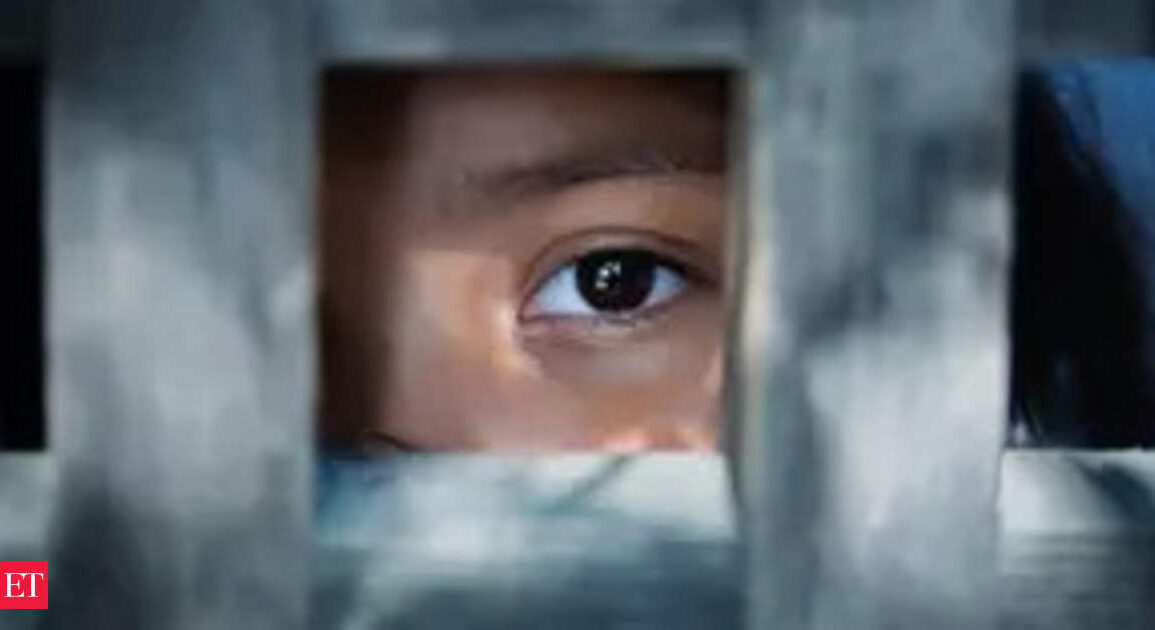
Amid a rise in trafficking cases in the national capital, several instances have been coming to light where the victims are trapped through social media platforms.
Recently, a 14-year-old from West Bengal, meeting someone through social media and chatting with him turned out to be her worst nightmare. The teen was rescued from Delhi recently, weeks after being trafficked to the city, reported ToI.
The report further said the case began nearly a year ago when she unknowingly connected with a trafficker online. Gradually, the trafficker gained her trust and persuaded her to meet in person, leading to her being taken to Delhi.
A similar case was reported of a 16-year-old, also from West Bengal, who shared a similarly harrowing account. Like the other girl, she was lured by traffickers through social media before being trapped.
Both the girls were rescued by the NGO Shakti Vahini, which specialises in supporting human trafficking survivors. According to the organisation, there has been a rise in cases following this method of trafficking, where victims are first targeted online before being moved to other cities.
Why Social media?
The activists claim that human trafficking has been going on for several years, but now social media is being used as a tool to do so.
“Social networking websites have recently developed into a popular tool that men and traffickers use to approach young girls without any boundaries and entice them with the promise of better opportunities and coerce them into sexual exploitation. In order to educate young girls about the various methods that human traffickers use to conceal their identities to entice them and coerce them into exploitation, schools should implement a curriculum on cyber-enabled human trafficking cases. The only way we can tackle the problem of cyber-enabled human trafficking situations is by raising awareness among children,” said Rishi Kant, activist and member of Shakti Vahini to ToI.
According to the NGO, usually, a lot of women and girls get trafficked to the capital from Chhattisgarh, Bihar, Jharkhand, West Bengal and Assam. While some are trafficked for menial work, such as working in brick kilns or other construction activities. Many are pushed into sex work.
(with ToI inputs)







